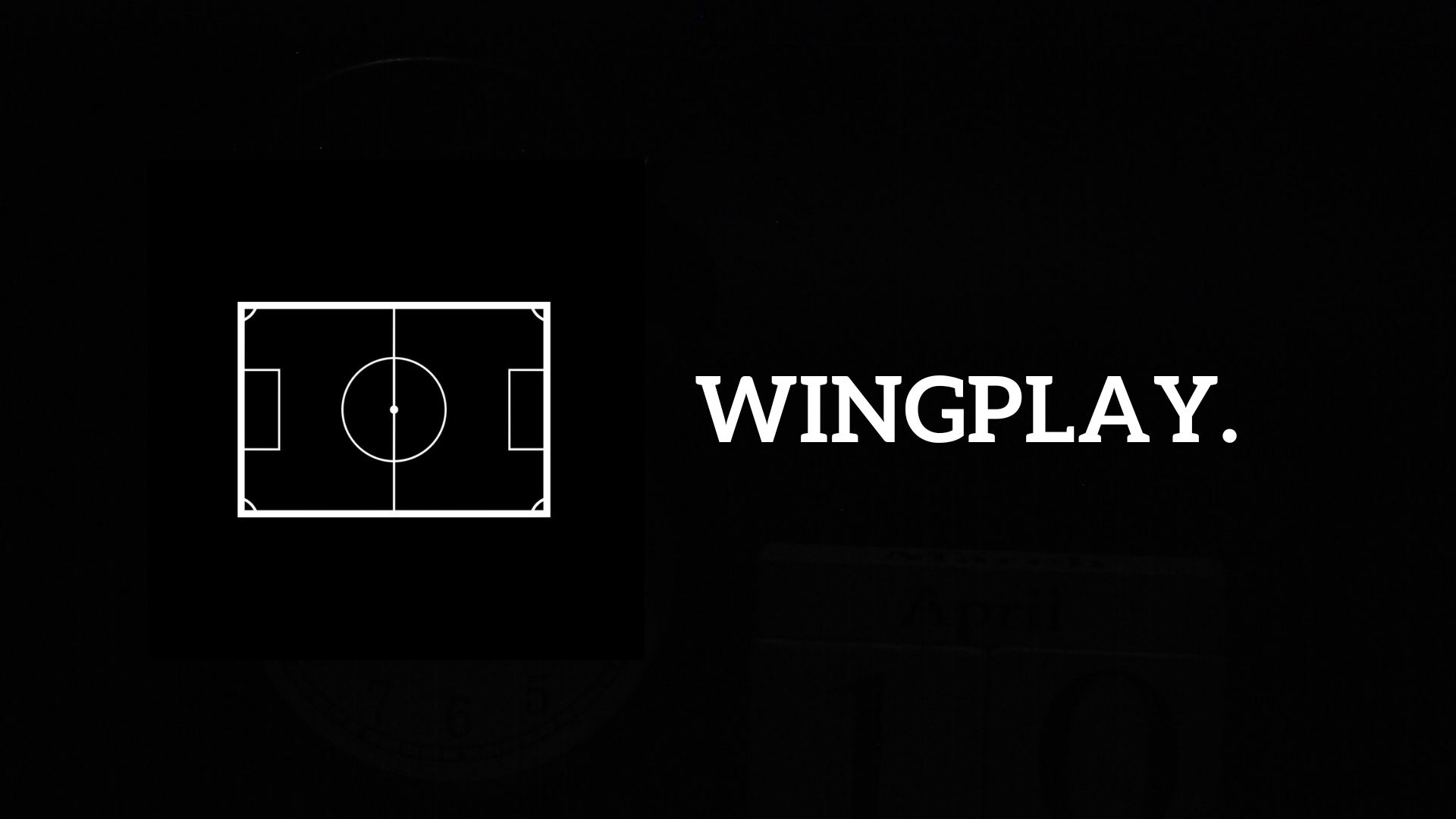In 1897 a group of British academics, who were studying at the Institución Libre de Enseñanza introduced football to the Spanish capital of Madrid through a new club – Sky.
By 1900, the group had fallen out and the club split in two, one of the clubs that was born from this disagreement was the Nueva Sociedad de Football. Just one year later this it would be renamed Madrid Football Club – the club that would one day morph into Real Madrid.
1140 miles to the north-east, just 9 years later, a Christian youth club got into trouble due to using a local pub to meet and drink at.
Unwilling to give up the pub as their meeting room, they would split off from their local parish and form their own club. Thirteen months later the group was playing organised football as Borussia Dortmund.
Since then, both of these clubs have become something that was unimaginable at their conception, with rich histories and loyal fanbases.
Tonight, they face off for the biggest prize of them all, in the Champions League final.
So how did the transformation occur for these two sides? What was it that took them from local amateur clubs to European and global phenoms?
